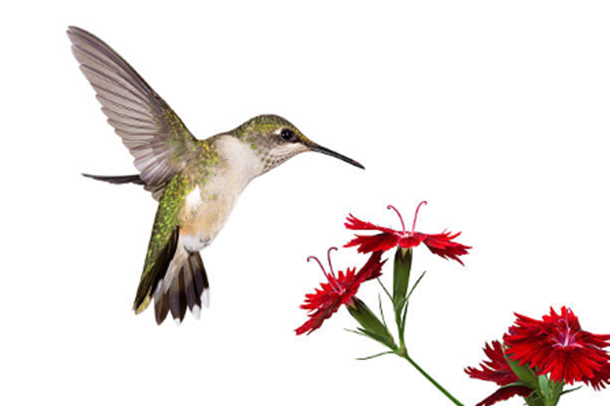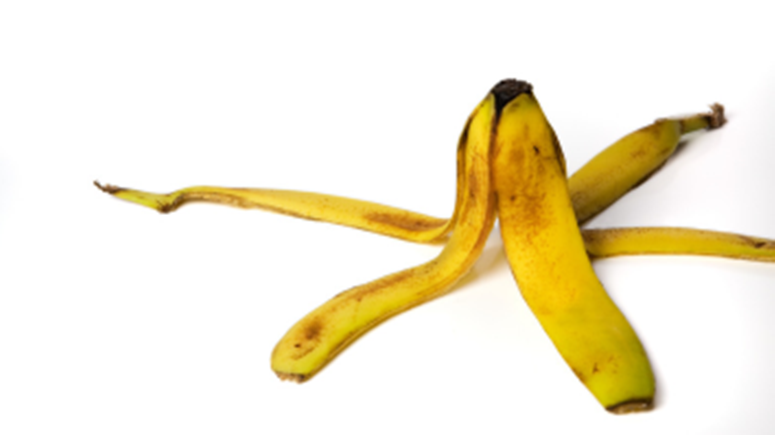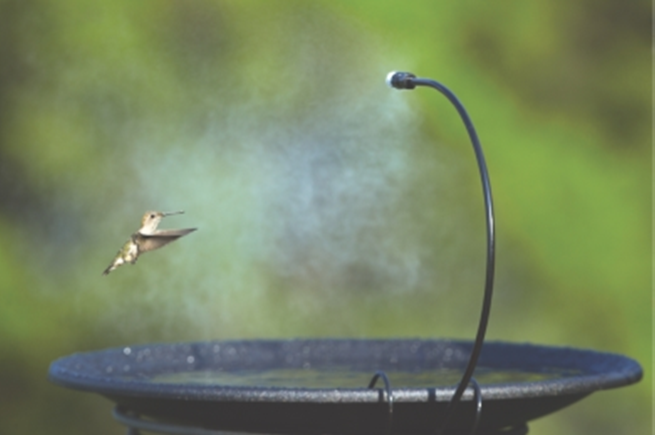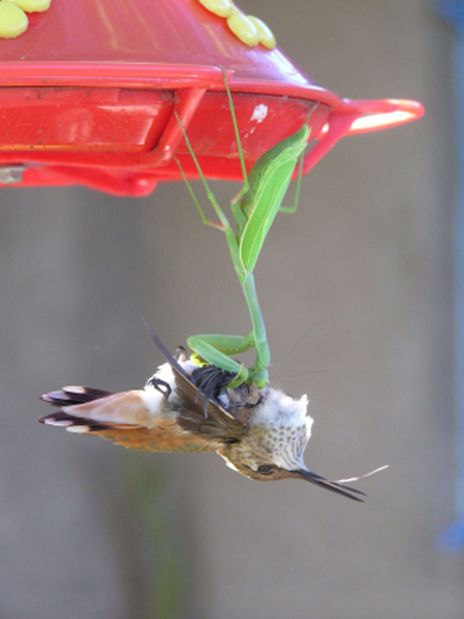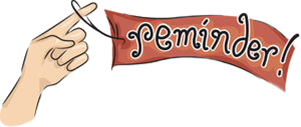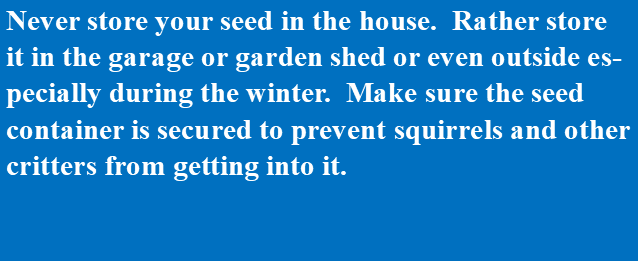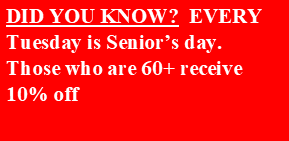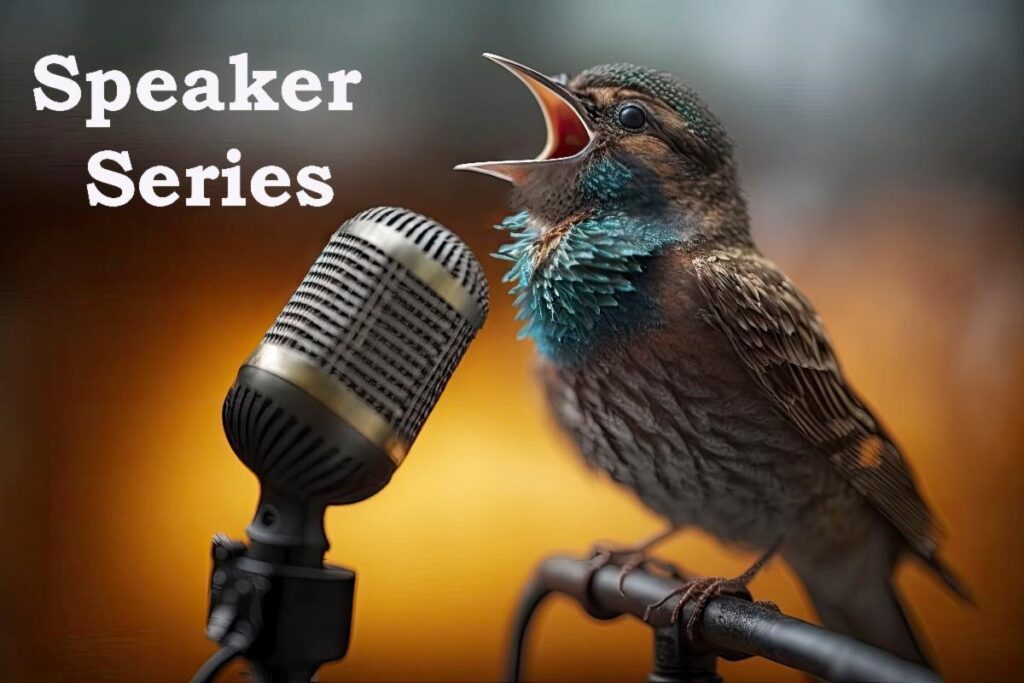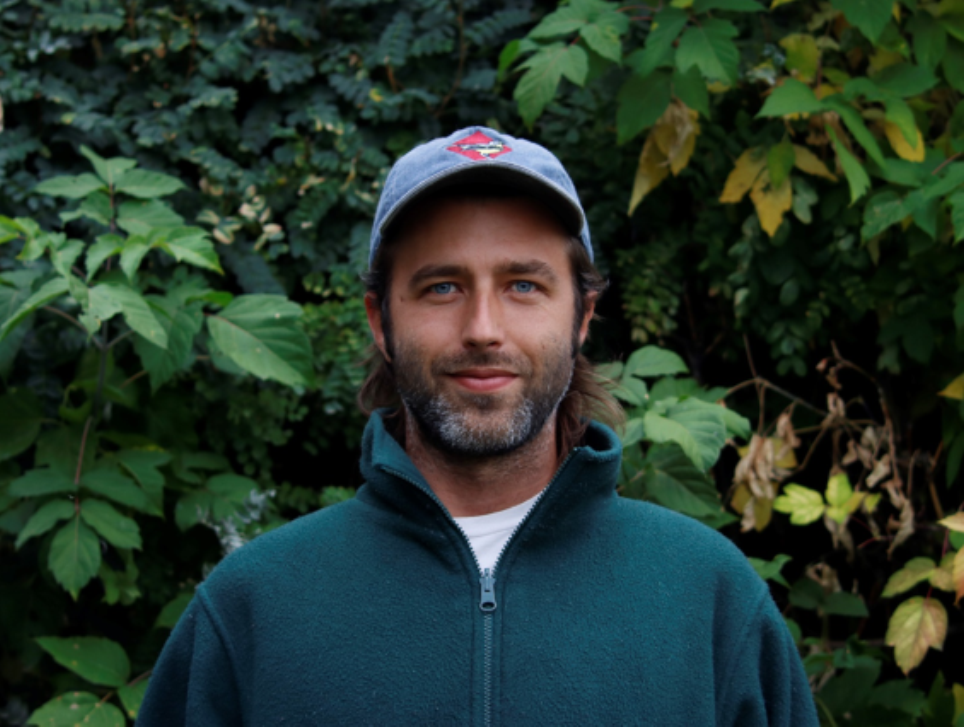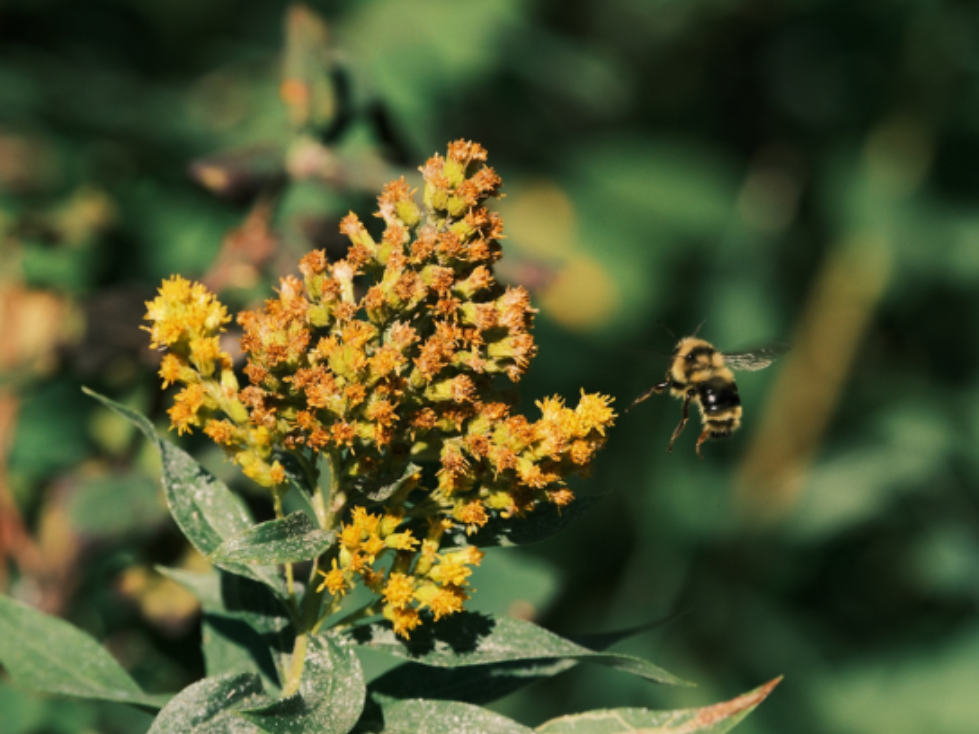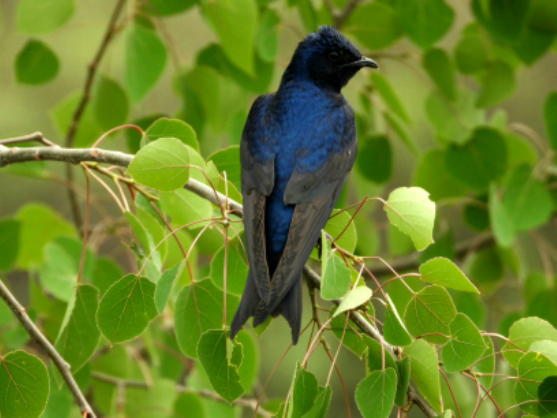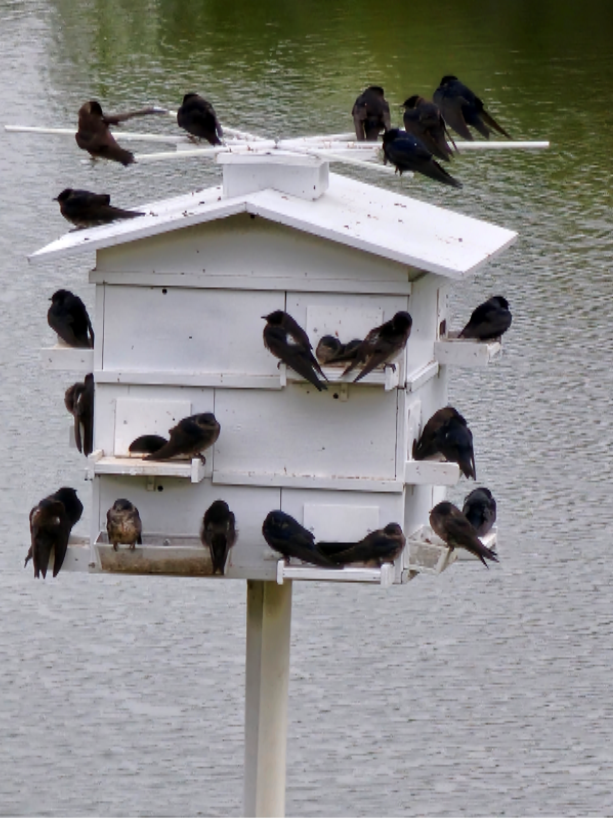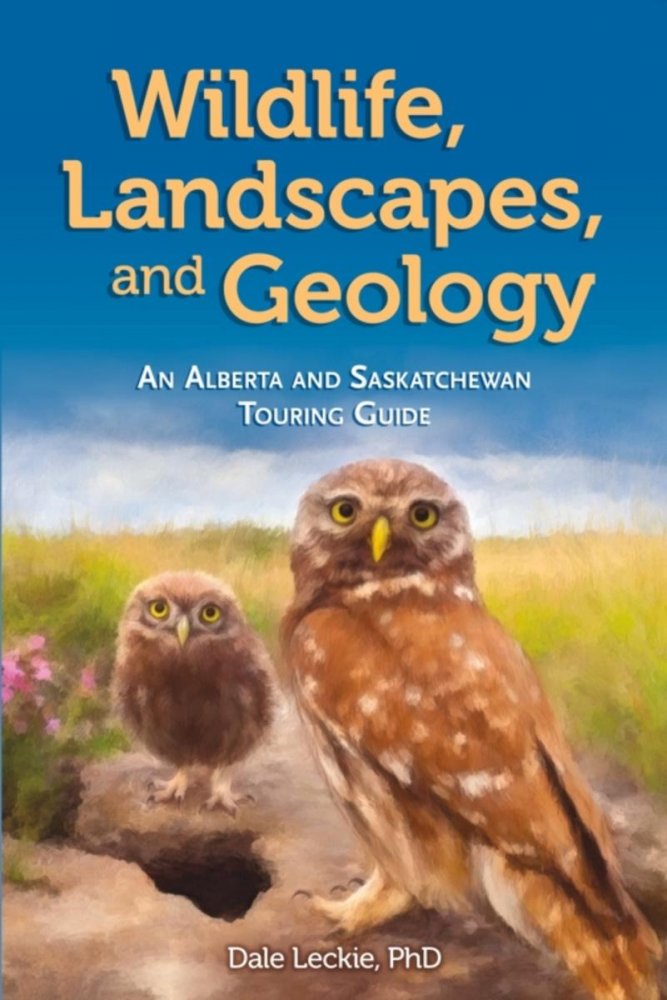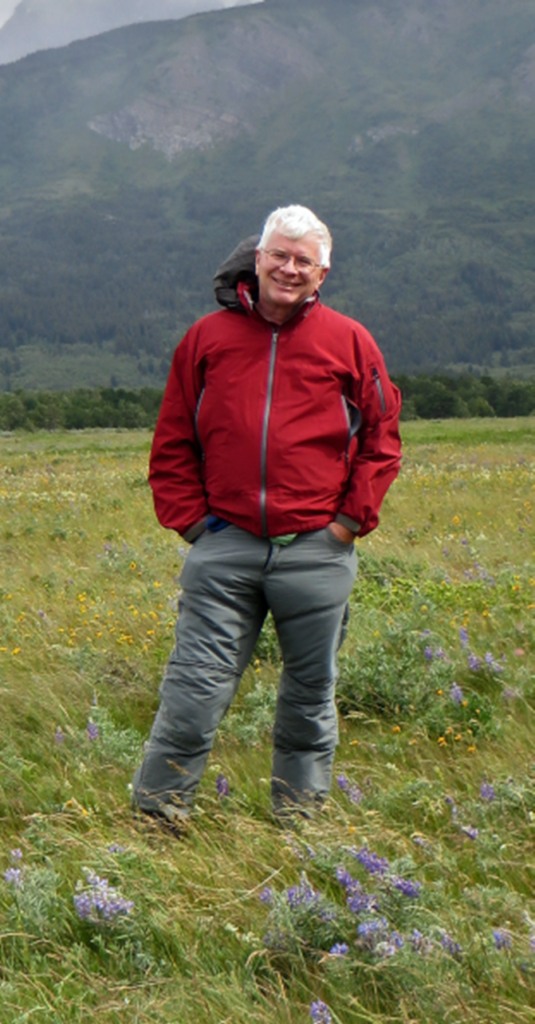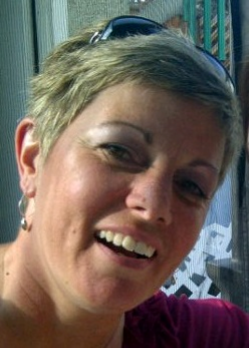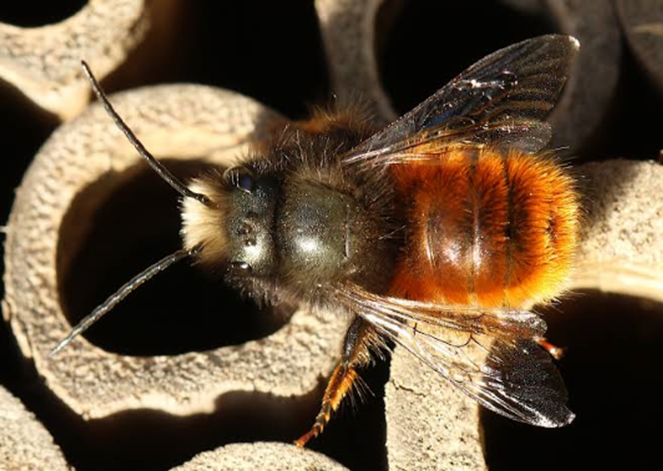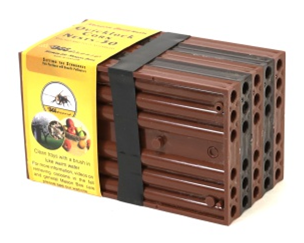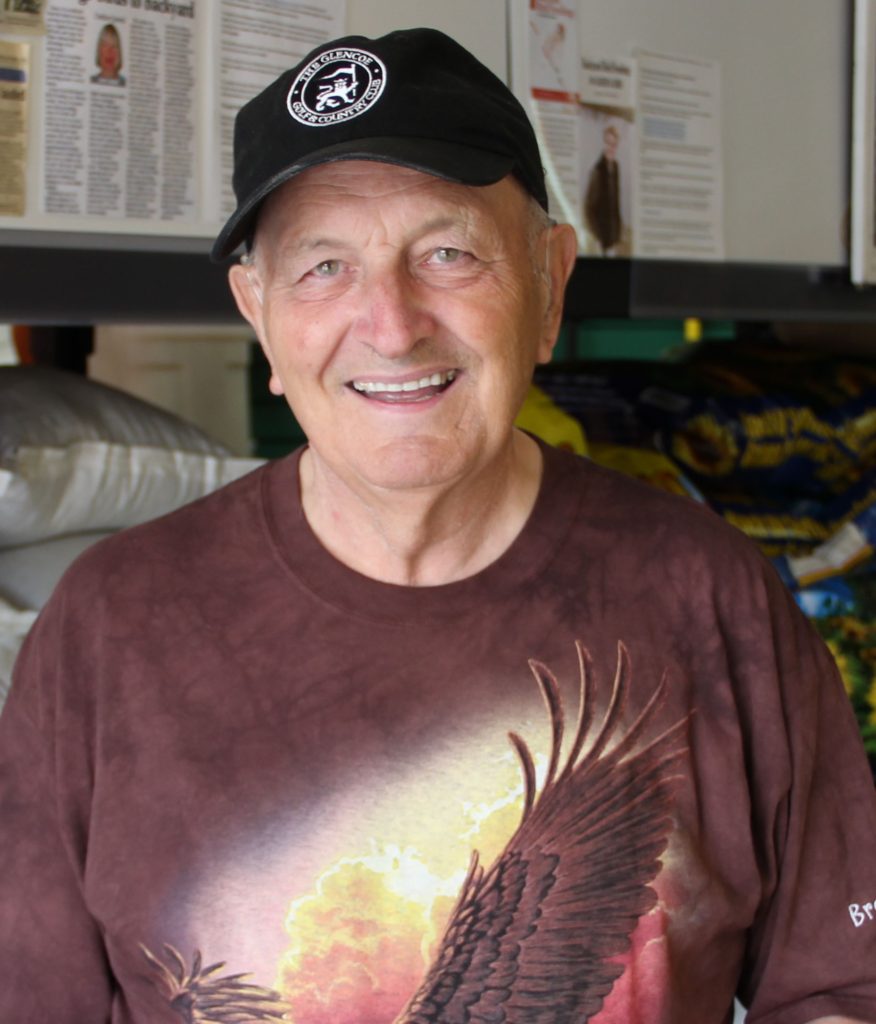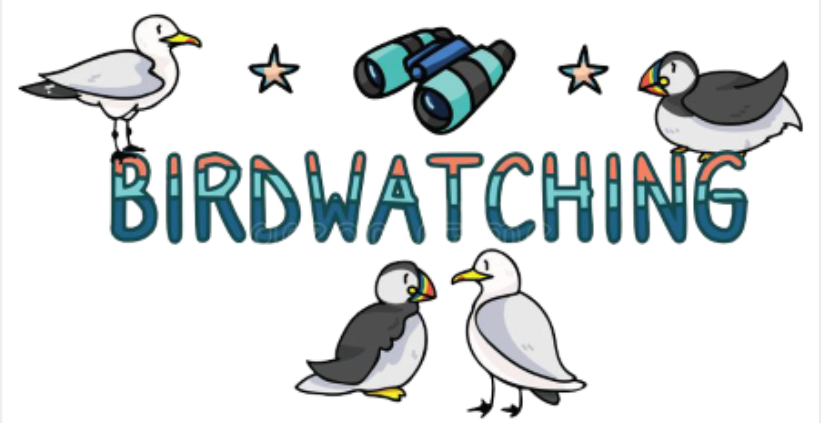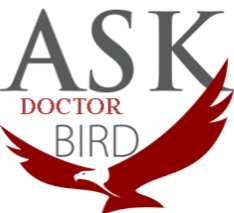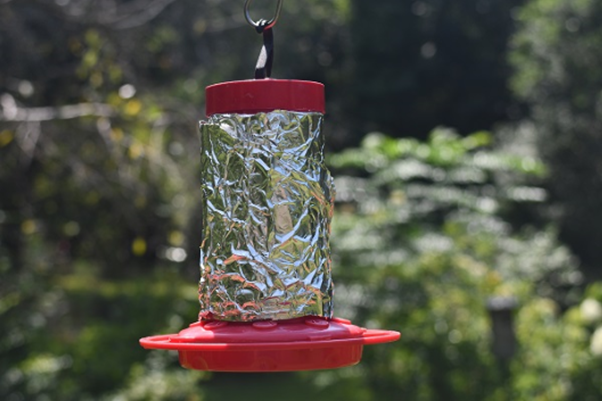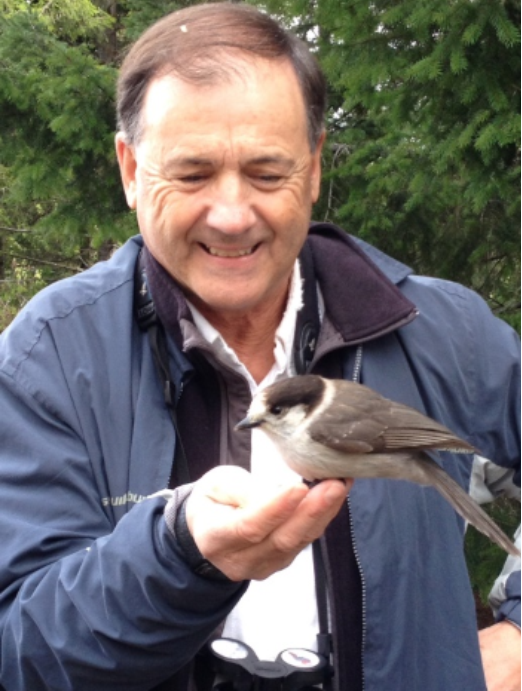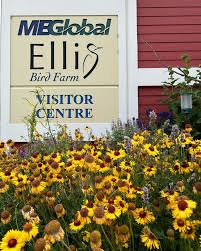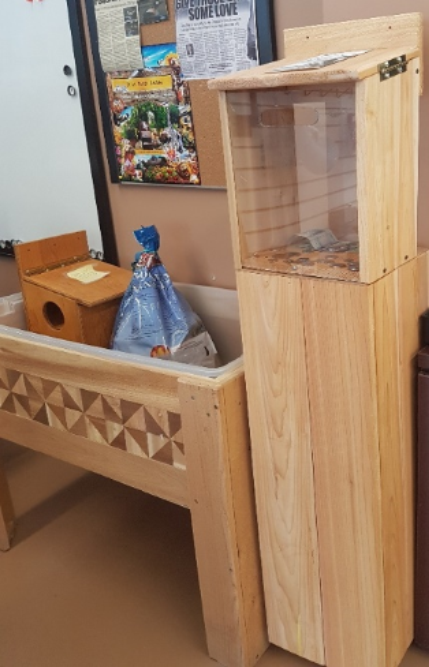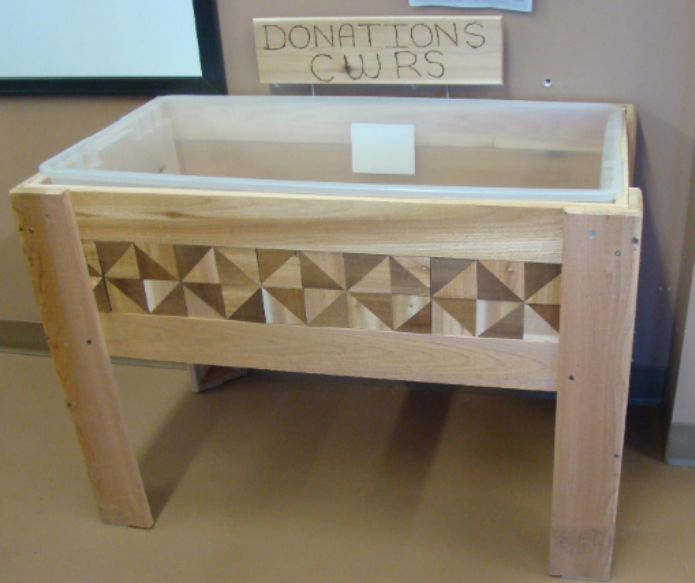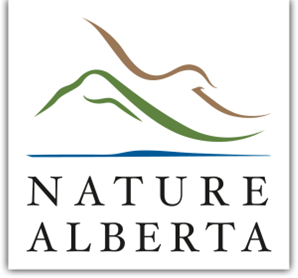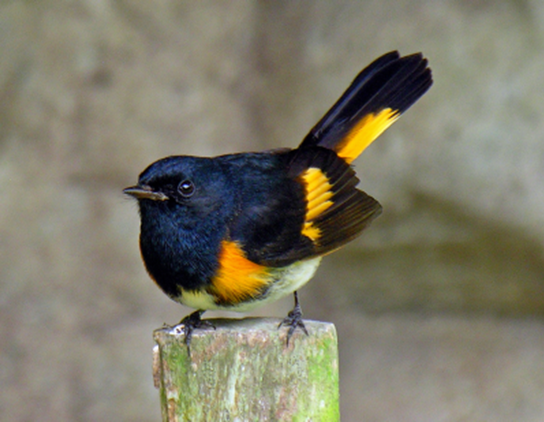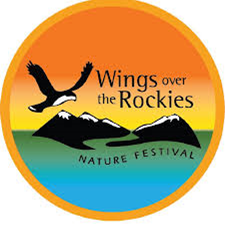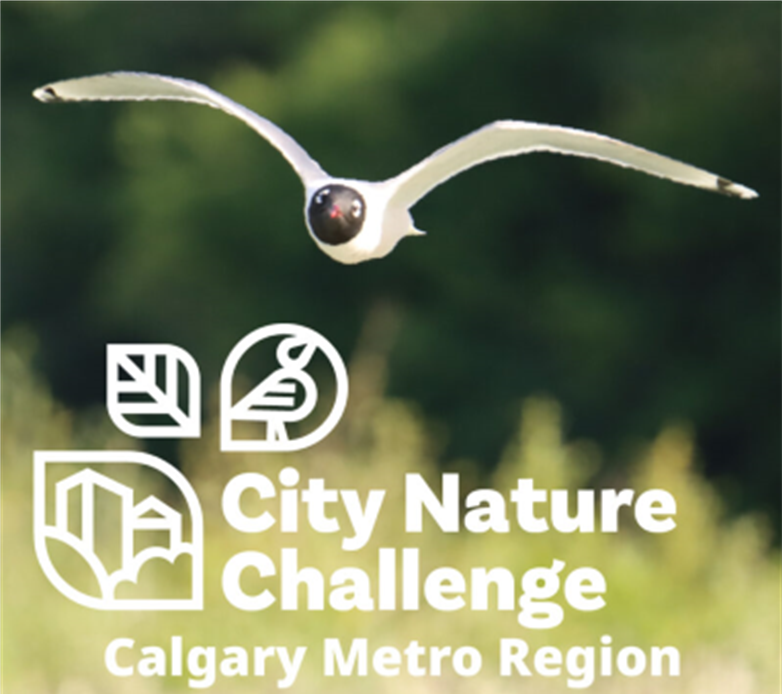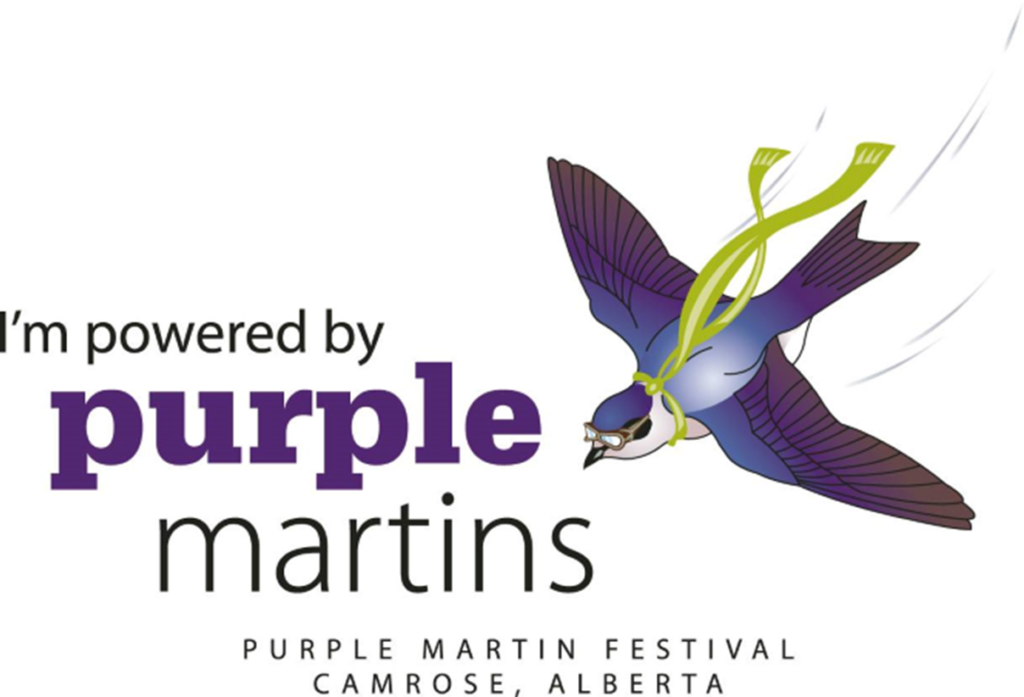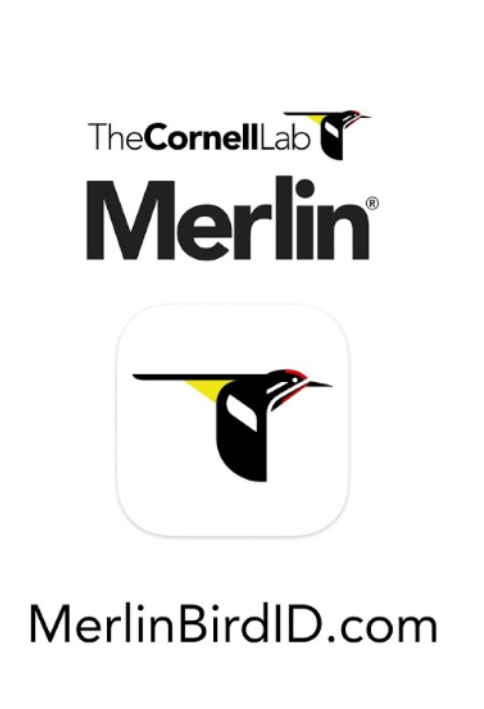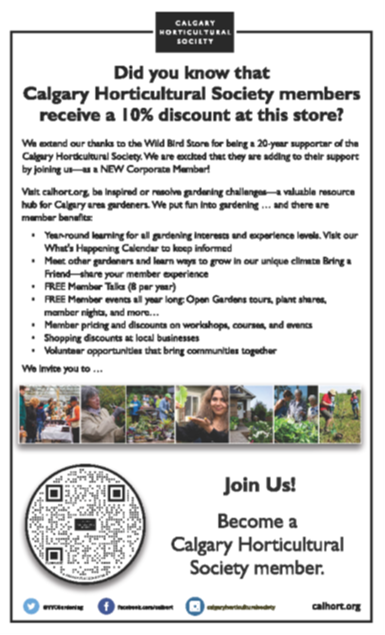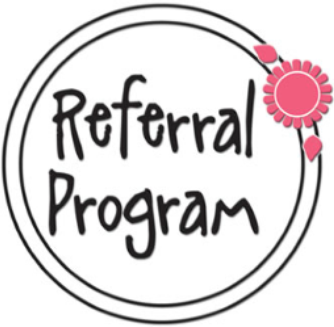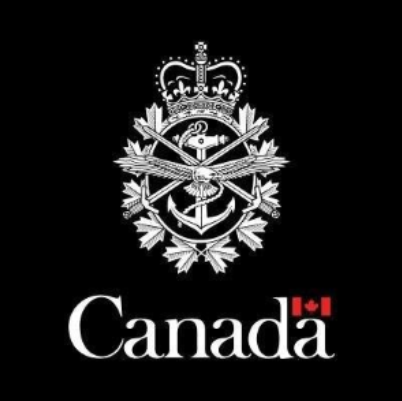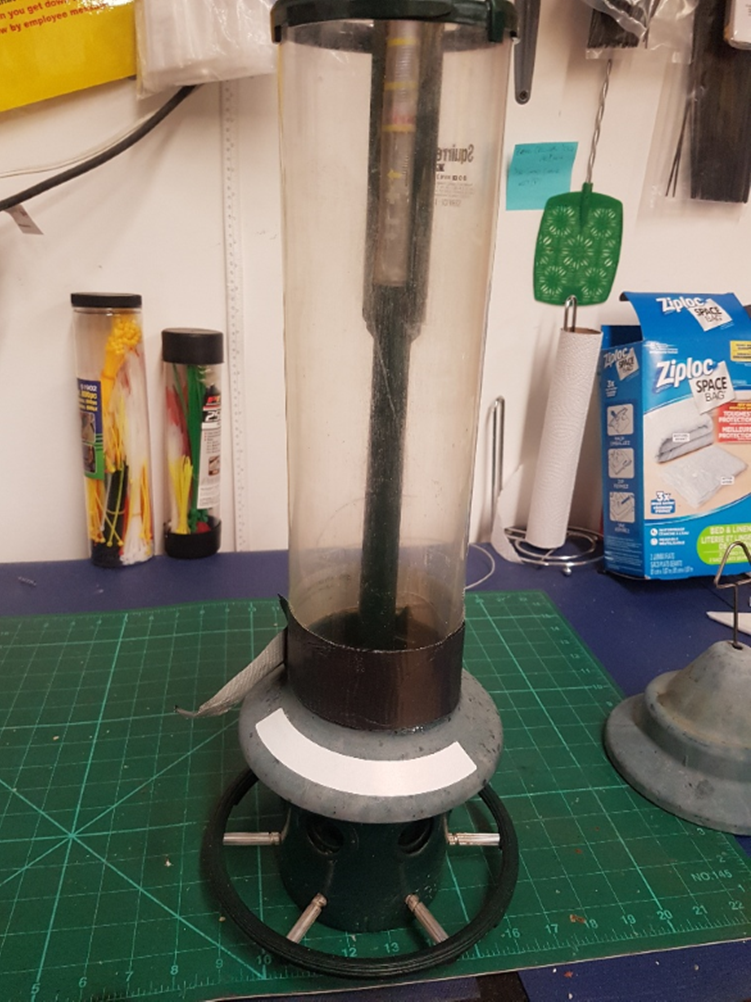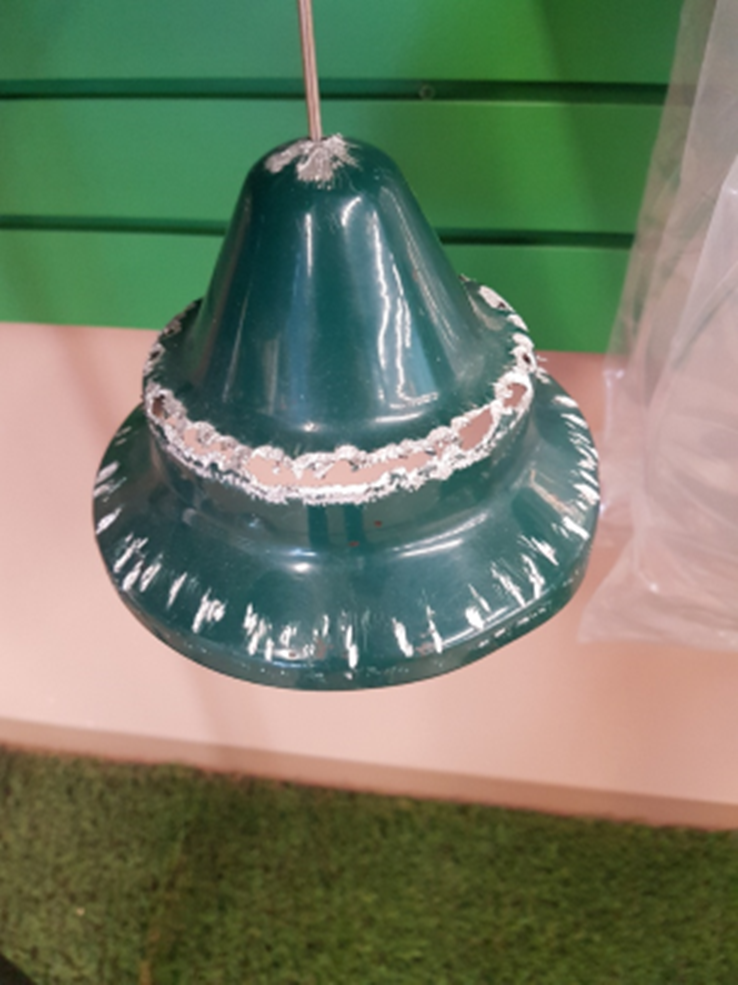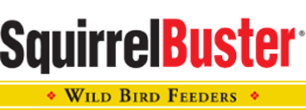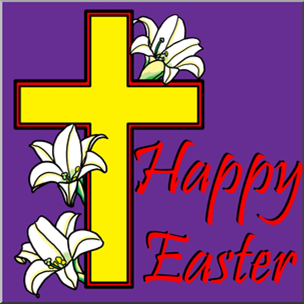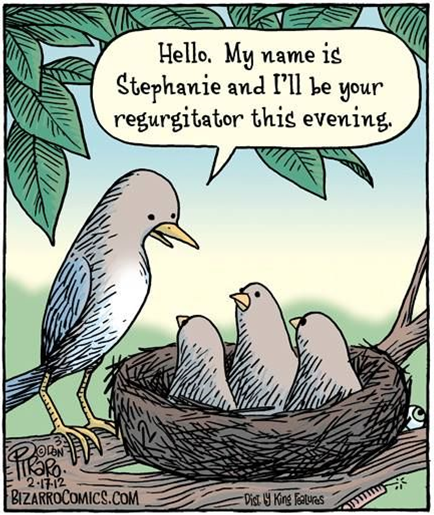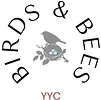LINK TO PDF NEWSLETTER DOWNLOAD

April 2025
Hummingbirds are perhaps one of the most popular birds to attract to your yard. These tiny, rapid-moving birds are not only cute to look at, but they’re also important for the ecosystem due to their diet of flowering plants and insects. Hummingbirds were also important to many indigenous cultures, who considered these birds symbols of love, joy and intelligence.

Perhaps one of the best ways to attract hummingbirds to your garden is to plant flowers they’ll likely feed on. They visit an astonishing 1,000 to 2,000 flowers every single day, and they burn so many calories that they must eat a little bit every 10 to 15 minutes.
While you don’t need to have thousands of flowers in your garden, hummingbirds can feed on the crucial nectar of the flowers you provide for them. Still, not just any flowers will attract these birds, so it’s important to make a list of plants that they favour so you can plan accordingly. Not only are hummingbirds attracted to begonias, but they also enjoy sages, bee balm, and tubular flowers like honeysuckle. It is also recommended using native plants whenever possible, as these are most likely to take well to the region you live in while becoming year-round assets to hummingbirds when they migrate or nest in your area.

Commercial pesticides may keep certain insects and rodents away from your garden, but these can also be harmful to people and animals. If your main goal is to attract hummingbirds, know that pesticides can harm small birds too. Another reason to avoid pesticide use is the fact that you’ll likely find fewer insects if you have a lot of hummingbirds in your garden since these are a food source for them. Their need for insects is especially crucial around nesting season, when both adult and baby hummingbirds require more protein.
If you have exceptional problems with pests, however, you may consider addressing the problem naturally so that any hummingbirds won’t be harmed. For example: you can try planting peppermint as a way to help deter flies, spiders, and ticks to help keep these pests away while still encouraging hummingbirds to hang out in your garden.

If anyone in your household eats bananas, consider holding on to the peels instead of disposing of them. Banana peels reportedly attract fruit flies, which subsequently attract hummingbirds, and the riper these are, the better. Over-ripe bananas could potentially bring even more of these birds into your yard. The addition of fruit flies to any other food sources you have, such as nectar, can also help balance out hummingbirds’ diets during their visits. Aside from fruit flies, hummingbirds are also known to eat mosquitoes, gnats, aphids and ants. Alternatively, you can place a basket of over-ripe fruit off the ground near your hummingbird feeder.

Consider offering these tiny birds an opportunity to rehydrate by providing them with clean drinking water. This is especially important during nesting season, as well as on hot summer days. In fact, in the wild, hummingbirds are known to build nests near water sources, such as ponds, so they can grab a quick sip whenever they need to.
Before you set up a traditional birdbath though, know that hummingbirds prefer more shallow sources of water due to their small size. You can also hang a small waterer, which works similarly to a feeder, and suits their small size well. Alternatively, you might win over hummingbirds even more by installing water misters for them to fly through and take quick baths to help cool down while on the go. These may be attached directly to traditional birdbaths, so that way you can provide water for multiple bird species at once. Also, be sure to clean any birdbaths or waterers often so hummingbirds can depend on you for safe drinking water and visit your garden as often as possible.

Like other species, hummingbirds don’t just need food and water for survival. They need shelter, too. In the wild, you’re likely to see hummingbird nests on thin branches near tree trunks. They also prefer living and nesting near their food sources, such as wild flowers, or feeders with nectar that you provide for them. Unlike other types of birds, hummingbirds don’t take shelter in bird houses. Instead, you can help offer hummingbirds more indirect forms of shelter by making sure they have food and water, while also being able to count on your garden as a safe space free from pesticides and predators. You can also plant shrubs and small trees in your space to create hiding spots for hummingbirds to rest or nest. Just be sure these are near any flowers and feeders you have for them. Also, keep in mind that these can take time to grow into larger spaces hummingbirds might feel comfortable inhabiting.

If you’ve tried all the items on this list and still aren’t attracting hummingbirds, you might consider whether other animals might be scaring them off. The most common predators of hummingbirds, including both domesticated and feral cats that my be roaming your neighbourhood.
It is recommended to hang hummingbird feeders five feet off the ground or higher to deter cats. Also, if you have a cat, it’s best to keep them indoors and away from areas where birds might land. Dogs, on the other hand, may not necessarily prey on hummingbirds, but can still deter them form hanging out in your garden. While it can be difficult to manage predators out of control, such as hawks, frogs, and even large insects like praying mantises, you can possibly help by monitoring your garden for signs of these creatures and keeping all hummingbird food and water sources clean.
Additionally, it’s important to be aware of spider webs. While hummingbird can sometimes accidentally get stuck, they also need spider silk as part of their nesting materials, so you shouldn’t necessarily clear your garden of all spider webs you find. If you do spot a hummingbird caught in a web, consider contacting a local wildlife rehabilitator for help or, in worst-case scenarios, remove the bird yourself and allow it to recover in a box or carrier for up to 15 minutes.

The key to attracting hummingbirds in Alberta is PATIENCE and keeping your feeders and water source clean especially the hot days of summer.

Our Spring 2025 Speaker Series starts in April! We have put together some exciting guest speakers with all new lectures.

Ticket Price: $15.00 + GST
CITY NATURE CHALLENGE 2025
Matt Wallace is the organizer and founder of the Calgary City Nature Challenge (CNC). April 25-28, 2025 marks the 7th annual event for our city, but what’s it all about? This presentation will tell the story of how the CNC has been a catalyst for the growth of citizen science in Calgary and dive into what we have learned about our urban biodiversity and how you can help to protect it by sharing your observations.

Ticket Price: $15.00 + GST
Purple Martins 101
Please join The Wild Bird Store and local Calgary purple martin landlord Andrew Barnes shares with us everything you need to know about purple martins and how to become a purple martin landlord.

“The Wildlife Experience of Tanzania”. Chris Fisher
Join Chris Fisher for a mesmerizing photo celebration of one of the world’s greatest natural regions. Tanzania features several of the most critical national parks in including Tarangire, Ngorongoro Crater and Seregenti that are not only exceptionally biodiverse, but also bucket-list draws for ecotourism. Chris has guided multiple photo tours to Tanzania and will introduce you to the fabulous wildlife including some of our most cherished birds and mammals.
Ticket Price: $20.00 + GST
Chris Fisher (MSc, PBiol) is perhaps best known as the author of a series books including “Birds of Alberta” – one of the most successful made-in-Alberta books in our province’s publishing history. He is regarded as one of our leading voice for all things Nature and is a frequent contributor in traditional and social media on wildlife and conservation stories. He has written and hosted documentary and TV series, produces the “Birds of Alberta” podcast, and lead wildlife tours throughout the world. Chris is sought-after as a sub-consultant for Environmental work on sensitive species surveys, assessments, regulatory and mitigation needs for industrial development projects in Alberta and has been speaking to with Albertans for decades about our wildlife.

Exploring Alberta’s Parks and Reserves—the Scenic Geology of Alberta
Allow Dale Leckie to help you explore Alberta’s most scenic sites. Dale tells the intriguing story of Alberta’s landscape evolution from Waterton Lakes National Park, to Dinosaur Provincial Park, into the Prairies, and across the North. With trips to Edmonton, Calgary, Crowsnest Pass, and Elk Island National Park, he takes you to explore volcanoes and glaciations long past.
Dale also delves into the relationship between wildlife and landscape which is exemplified in the lives of Golden eagles over the Rockies, American pika over eroding mountains, the burrowing owls on glaciated plains, and greater short-horned lizards surviving in badlands and a vast rain shadow.
Using eye-catching illustrations and photographs, Dale blends storytelling with science, incorporating natural landscape beauty with art and history.
Ticket Price: $20.00 + GST
Dale Leckie, Ph.D., P.Geol. writes best-selling books on the geology and landscapes of Alberta. The Scenic Geology of Alberta: A Roadside Touring and Hiking Guide (2021) encourages people to get out and explore the natural beauty of the province. His most recent book “Wildlife, Landscapes, and Geology: An Alberta and Saskatchewan Touring Guide” (2024) explores relationships between wildlife and geology by getting people out to explore and appreciate nature.
Creating a Mason Bee Habitat Seminars
CREATING A MASON BEE HABITAT
Wednesday April 30, 2025 at 6:00pm
Ticket price: $15.00(includes GST + fees)
CREATING A MASON BEE HABITAT
Wednesday May 7, 2025 at 2:00pm
Ticket price: $15.00 (includes GST +fees)

All participants on any bird walk must have purchased a ticket through our website – www.wildbirdstore.ca and present the ticket to Jim prior to the bird walk. The weather plays a big part in bird walks and Jim reminds participants to dress anticipating weather changes and to carry water to keep hydrated.
HULL’S WOOD IN FISH CREEK PARK, Saturday April 5, 2025
9:00am meet in parking lot Bow Bottom Trail S.E.
Ticket price: $7.00 (includes GST + fees)
BURNSMEAD IN FISH CREEK PARK, Saturday April 19, 2025
9:00am meet at 153rd Avenue Parking Lot
Ticket price: $7.00 (includes GST + fees)

We offer a discount if you return your 20 LB or 40 LB seed bags so that we can re-use them (sorry—not the Mother Nature bags which we cannot re-use), suet ball containers, or if you bring your own container or bag to fill . This discount is in addition to any other discount offered.

Annual Seasonal Counts
The Spring Counts run each year from March 1 to April 22
The Fall Counts run from September 20 to November 15
2025 Spring Migration Count At Mt. Lorette Mar 6 – April 22
Since 1992, Rocky Mountain Eagle Research Foundation (RMERF) volunteers have performed annual raptor migration counts at the same site location in the Kananaskis Country, Alberta, spring and fall; significantly providing data to the understanding of and amazement in watching Golden Eagles.
Mt. Lorette Observations
The main observation site is the Hay Meadow, Mt. Lorette Site. The site is located in Kananaskis on the bank of the Kananaskis River. It has a view of the open valley. which allows excellent (though rather distant) viewing of the Fisher Range to the east. The bulk of the Golden Eagles and other raptors use this ridge as part of their preferred migration route.
Question:
Can warm temperatures affect the sugar water in hummingbird feeders so as to endanger the birds’ lives? And do we really need to boil the water to prepare the sugar solution?
Response:
Exceedingly warm sugar water can harm hummingbirds in a couple of ways. First, a recent study demonstrated that nectar heated to 102. 2 degrees F caused the metabolic rate of the hummingbirds feeding on it to rise to a level that could potentially harm their delicate metabolic system and even cause a burning sensation on their tongues. Surprisingly, there is in fact an ideal temperature for our sugar solutions—100 degrees F. Offering solutions cooler than that can mean that the birds are forced to use up energy to raise the liquid’s temperature to a level for optimal use in the bird’s body.
Another problem caused by the warming of the sugar solution is spoilage, leading to the production of mold and bacteria which can lead to deadly diseases such as spergillosis, salmonellosis, candidiasis and avian poxvirus. Usually, this results from hanging feeders in direct sunlight, especially during abnormally hot temperatures in summer. If hanging your feeders in the shade is not an easy option, use glass feeders which are better insulated than plastic to combat the warming by the sun’s rays. Some folks resort to wrapping their feeders in aluminum foil to reflect the sun. One obvious way to keep solutions free of bacteria and mold is to partially fill the feeders or even buy those thumb-sized feeders. Yes, this means more frequent refills, but the health benefits to our hummers are worth it, right? And you will also dump out and waste less solution of questionable quality.
Speaking of which, there is considerable debate in the chat lines as to whether one needs to boil the solution or simply use really hot tap water. Here is my take on this: if your tap water clean enough for humans to drink, I do not see a problem using really hot water. Like our pet dogs, birds in the wild often consume water from considerably unhygienic sources without harm. On the other hand, boiling the sugar solution makes it easier to dissolve the sugar.
David M. Bird, Ph.D., Emeritus Professor of Wildlife Biology, McGill University www.askprofessorbird.com

David M. Bird is Emeritus Professor of Wildlife Biology and the former Director of the Avian Science and Conservation Centre at McGill University. As a past-president of the Society of Canadian Ornithologists, a former board member with Birds Canada, a Fellow of both the American Ornithological Society and the International Ornithological Union, he has received several awards for his conservation and public education efforts. Dr. Bird is a regular columnist on birds for Bird Watcher’s Digest and Canadian Wildlife magazines and is the author of several books and over 200 peer-reviewed scientific publications. He is the consultant editor for multiple editions of DK Canada’s Birds of Canada, Birds of Eastern Canada, Birds of Western Canada, and Pocket Birds of Canada. To know more about him, visit www.askprofessorbird.com or email david.bird@mcgill.ca.

DONATIONS
Located at The Wild Bird Store (near the seed bins). We collect your cash as well as “wishlist” donations and arrange to deliver them to local wildlife organizations including Calgary Wildlife Rehabilitation, Alberta Institute of Conservation and Ellis Bird Farm.
We ask for your support quarterly for each of these organizations.
For March, April and May, 2025 your donations will go to:
Ellis Nature Centre
Join us on Monday May 19th for our 2025 opening day!
Thank you for your support
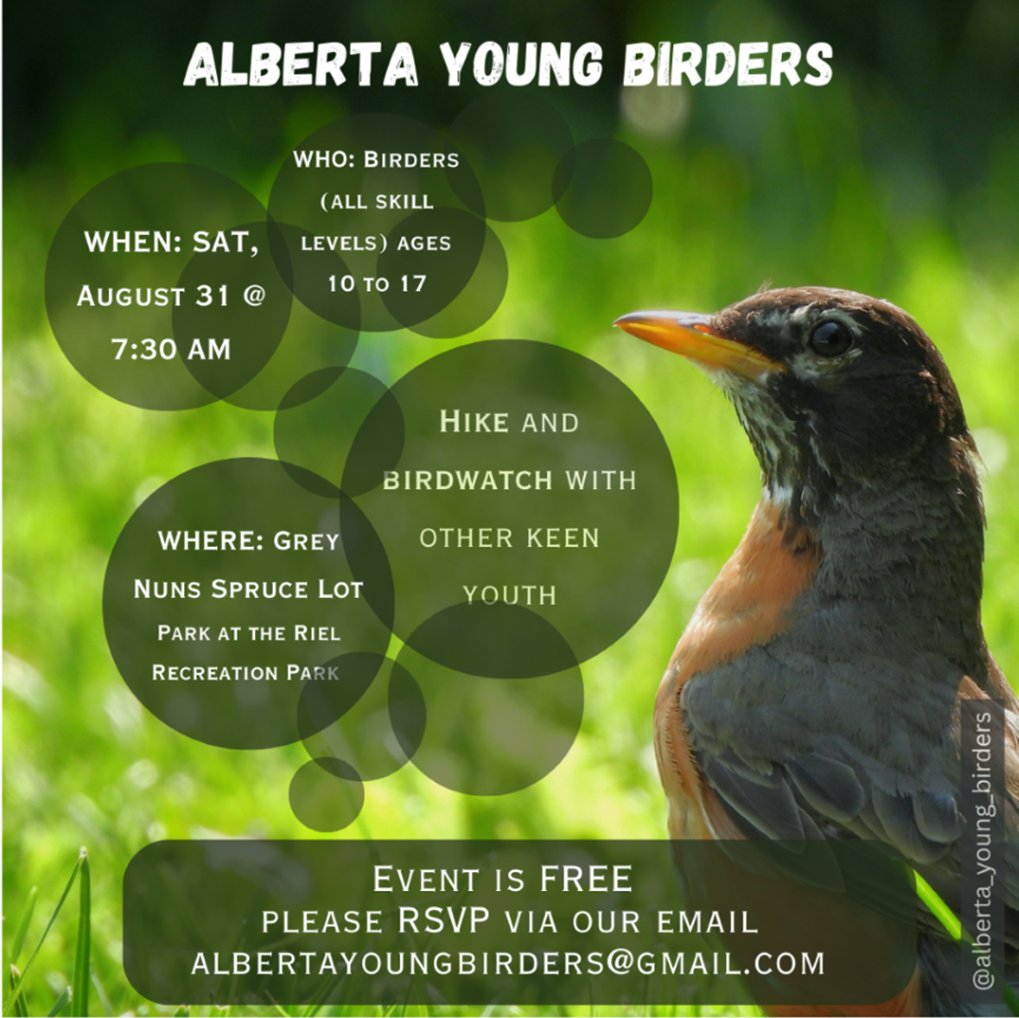
28th Annual Songbird Festival May 24/25, 25
This local birding festival is an annual celebration of Spring Migration in the boreal forest including tours of the LSLBO, nature workshops, birding hikes, children’s activities, and of course, everyone favorite, the early bird Pancake Breakfast0
Saturday, May 24 – Songbird Festival
Boreal Centre for Bird Conservation, Lesser Slave Lake Provincial Park.
6:30 a.m. to 1:30 p.m.
Celebrate Spring Migration with a morning of birding fun at the Boreal Centre for Bird Conservation
For further information please visit: https://www.lslbo.org/education/songbird-festival/

The orange-red tail, from which it and other redstarts get their names (“start” is an old word for “tail”) is frequently quivered (tremble or shake with a slight rapid motion.)
The bird carries spiritual symbolism of rejuvenation, joy and adaptability. Its quick, lively movements reflect the need to stay flexible in life and embrace changes with a joyful heart.

“’The Wings over the Rockies Nature Festival’ conjures up an image of all that is great about Canada . . . spectacular scenery, abundant nature and a warm, human spirit of getting together in a worthy cause. The world over, when people think of Canada, they think of the glory of the Rockies. When you combine this with the upper reaches of the mighty Columbia, you have an unsurpassed natural setting. The continuous wetlands along the river are perfect as breeding areas and staging places for a significant number of bird species. This and the many other habitats provide a variety of ecosystems which will bring joy to any naturalist. But the idea of this festival goes far beyond a “get-together” of serious naturalists. It is an ideal chance for everyone to learn and share the excitement of nature ‘in the flesh’ so to speak.” —Robert Bateman, patron of the festival, wildlife artist and environmentalist.
Contact
Wings over the Rockies Nature Festival
250-342-2473 or 855-342-2473
wingsovertherockies@gmail.com
City Nature Challenge
Cities around the world collaborate to share observations of nature in the 2025 City Nature Challenge.
Started in 2016 as a competition between Los Angeles and San Francisco, the City Nature Challenge (CNC) has grown into an international event, motivating people around the world to find and document wildlife in their own cities. Run by Community Science teams at the California Academy of Sciences and the Natural History Museum of Los Angeles County (NHM), is an annual four-day global bioblitz at the end of April, where cities are in a collaboration-meets-friendly-competition to see what can be accomplished when we all work toward a common goal.
The 2025 CNC takes place in 2 parts: #1 April 25—28, 2025 Taking pictures of wild plants and animals
#2 April 29—May 4, 2025 Identifying what was found. Results will be announced on Monday, May 5, 2025
Results will be announced on Monday, May 5, 2025
For more information or to participate, please visit www.citynaturechallenge.org
We are excited to announce the 2025 Snow Goose Festival is on Saturday, April 26 and Sunday, April 27 to celebrate the spring migration of snow geese through Beaverhill Lake near Tofield Alberta.
Everyone is welcome – from first-time to experienced birders, children, and adults to experience the wonder of nature as thousands of migrating snow geese, Canada geese, various shorebirds, cranes, and swans return to Beaverhill Lake on their migratory route to the north!
The festival includes several guided hiking and bus tours scheduled for each day, a free Trade Show in the Tofield Arena with kids crafts and activities, concessions, speakers, a Saturday Banquet & Silent Auction, and more!
More details at www.snowgoosefestival.ca

We’re excited to host our next Camrose Bird Festival in 2025. Please mark your calendar for Saturday, June 14 (930 am to 3 pm), at the Stoney Creek Centre in Camrose, Alberta. Stay tuned for more details. The day will involve presentations or workshops about the migration of American Kestrels (Alberta’s smallest falcon), State of Canada’s birds, managing a Purple Martin Colony, and attracting hummingbirds. We’ll also visit an active martin colony, take a bird walk, and have lots of fun kids’ activities.

Get ready to spread your wings and join us for an unforgettable celebration of feathered friends and the vital wetlands they call home during their annual migration north. The Creston Valley Bird Festival is an exciting event that takes place every second weekend in May, where you’ll get the chance to rub shoulders with bird experts – explore and deepen your appreciation for the great outdoors with presentations, hikes, field trips, and tours by canoe or kayak. uided bird tours, canoe trips at the Discovery Centre, Presentations, and valley events that discovers our local wildflowers, wine, beer, dairy, honey, stars, and bats! Registration for all events is available on April 2nd at 9 am.


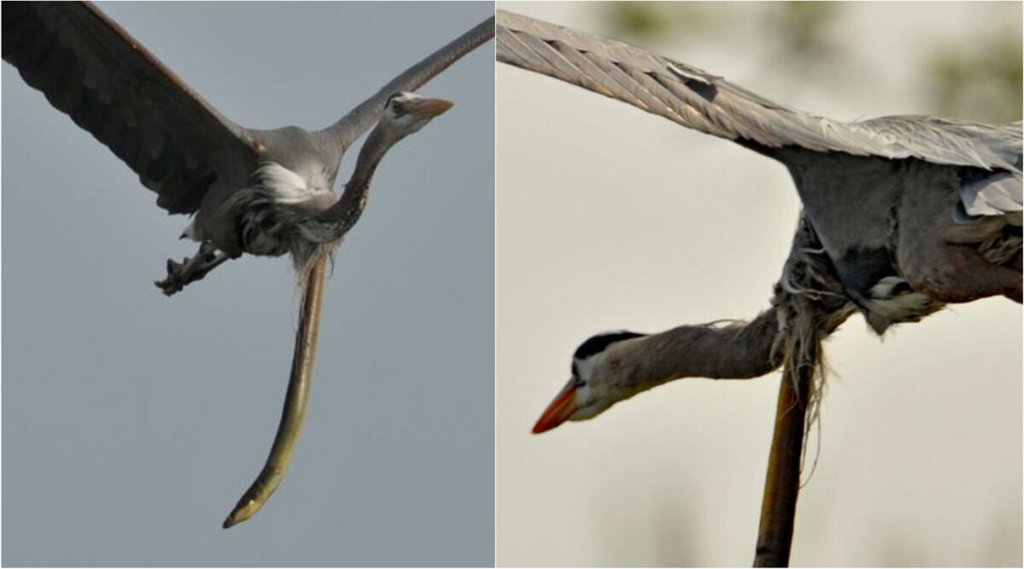
A snake eel (later determined to be an American eel) fighting for its life pulled an “alien” move by bursting out of the “crop” of a heron that had just swallowed it whole, according to photos snapped by an amateur photographer, Sam Davis, in Delaware.
The unusual event attracted a lot of attention among the local predators including several juvenile eagles and a fox, who were following the heron, possibly hoping to scavenge a meal in case the heron or the eel didn’t make it.
Once swallowed, the eels use their hard heads or tails to burst out of the digestive tract, but usually end up in the predator’s body cavity, muscle tissue or swim bladder. Once trapped, the eels often “become mummified” or “encysted” (closed up in a cyst) and die rather than escape.
The heron possibly survived, but would depend on how well the wound healed and if it was able to avoid infection. As for the eel, it would have survived if it was dropped over or very close to water with a salinity it could normally tolerate.
To read the entire story please visit: https://www.livescience.com/snake-eel-bursts-out-of heron.html
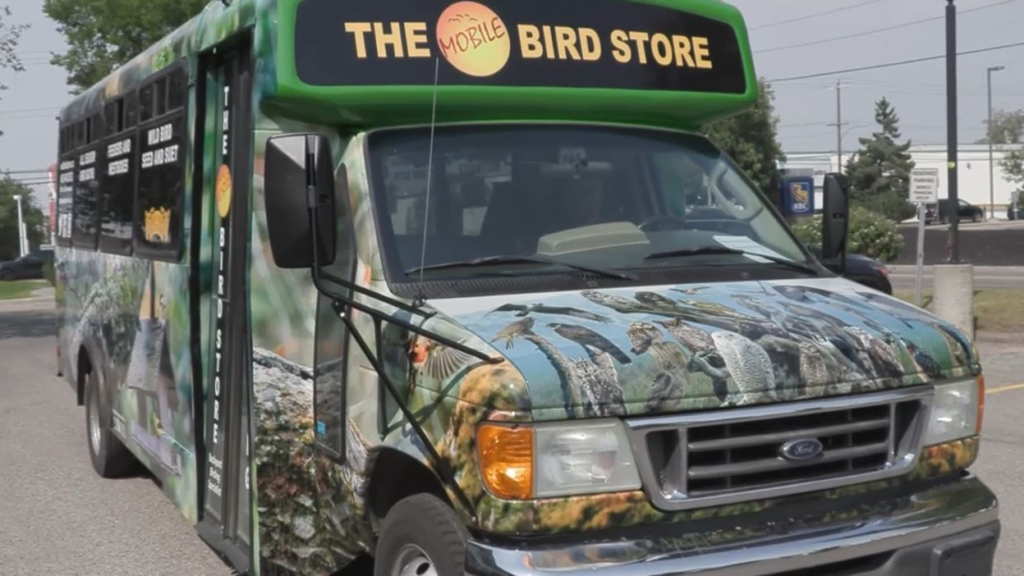

Wildwood Community Centre (4411 Spruce Drive SW): Every Tuesday 3:00pm to 5:30pm
Crowfoot Arena (corner of John Laurie & Nosehill Drive NW: Every Wednesday 2:00pm to 5:30pm
Please place orders by 12:00 noon the day before the truck is on location
Text us @ (403)701-4571 OR email us at orders@wildbirdstore.ca
Earn and redeem customer loyalty points on the Mobile Seed Truck

DELIVERY: Deliveries will still be made on Thursdays ONLY. Please phone the store at (403) 640-2632 any day prior to 12:00 noon on the Wednesday before your delivery; place and pay for your delivery. Please phone with your order as early as possible to avoid disappointment. If you have any special instructions please do not forget to inform us when you place your order.
THE DELIVERY CHARGE WILL BE $10
MINIMUM ORDER FOR DELIVERY $25.
Have you checked out the Merlin app? Would you like a demonstration on how they will help you to identify birds? Stop by The Wild Bird Store during regular business hours and staff will be happy to show you how the app will enable you to identify birds in various ways.
Identify Bird Songs and Calls
Identify Birds by your Photos
Save Birds to Your Life List
Explore lists of birds near your location
Options for shopping at the Wild Bird Store
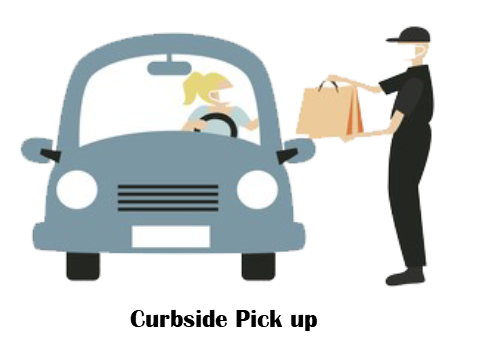
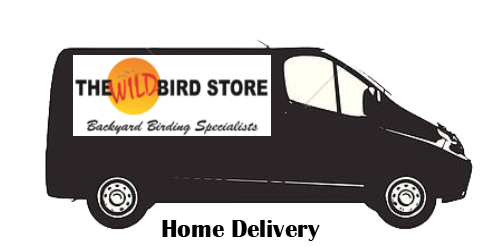
THE DELIVERY CHARGE WILL BE $10. MINIMUM $25 ORDER FOR DELIVERY.
Store hours are:
10:00am to 5:00pm Tuesday through Saturday
We offer a discount if you return your 20 LB or 40 LB seed bags so that we can re-use them (sorry—not the Mother Nature bags which we cannot re-use), suet ball containers, or if you bring your own container or bag to fill . This discount is in addition to any other discount offered.
Write a Google review on your experience at The Wild Bird Store, and as a thank you, we will give you 100 customer loyalty points ($5.00 value). To get a promo code, kindly email info@wildbirdstore.ca
(one Google review per customer)
Earn 200 customer loyalty points ($10.00 value) by referring a friend, acquaintance or fellow birder.
Please visit the store to get a promo code.
Combining our Seniors 10% discount with the Loyalty Program. (Excludes “sales” items, books & optics).
Discount for membership 10% discount for members of Fish Creek Park, AIWC, Priddis Golf Club, Nature Calgary, Sandy Cross Conservation, Springbank Garden Club and Millarville Horticultural Society. Must present valid membership card at time of purchase.
Discount for Military Members & Veterans 10% discount on
purchases in-store or on Mobile Seed Truck (sorry—excludes “sales”
items, books, optics and consignment items)
Does your Aspects or Squirrel Buster feeder need some replacement parts?
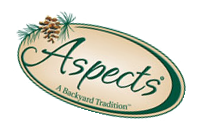
Did you know that we can repair/replace parts and make it look like brand new?

5901 3rd Street S.E.,
Calgary, AB T2H 1K3
email: info@wildbirdstore.ca
(403) 640 2632
The Store is open Tuesday through Saturday 10:00am to 5:00pm
We are CLOSED Sundays, Mondays and ALL Statutory holidays for Faith, Family and Friends.
We still offer curbside pickup every day we are open and delivery service on every other Thursday.
FOLLOW US ON:
Facebook @thewildbirdstoreyyc
Twitter @wildbirdstoreyyc
Go to YouTube, type in the search bar “The Wild Bird Store” to watch our videos and to help us become more visible . Be sure to click on “Subscribe” before you leave the page.
